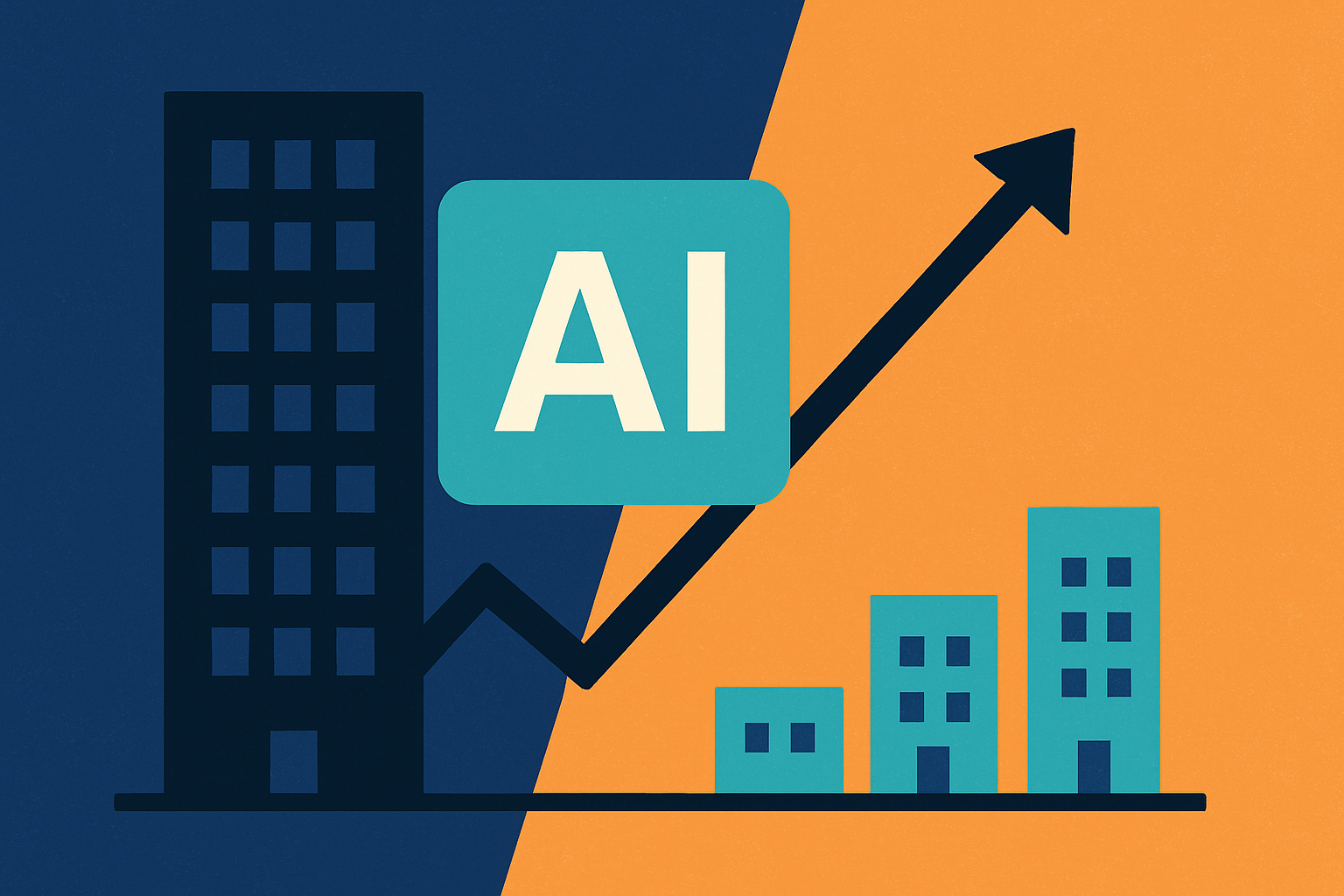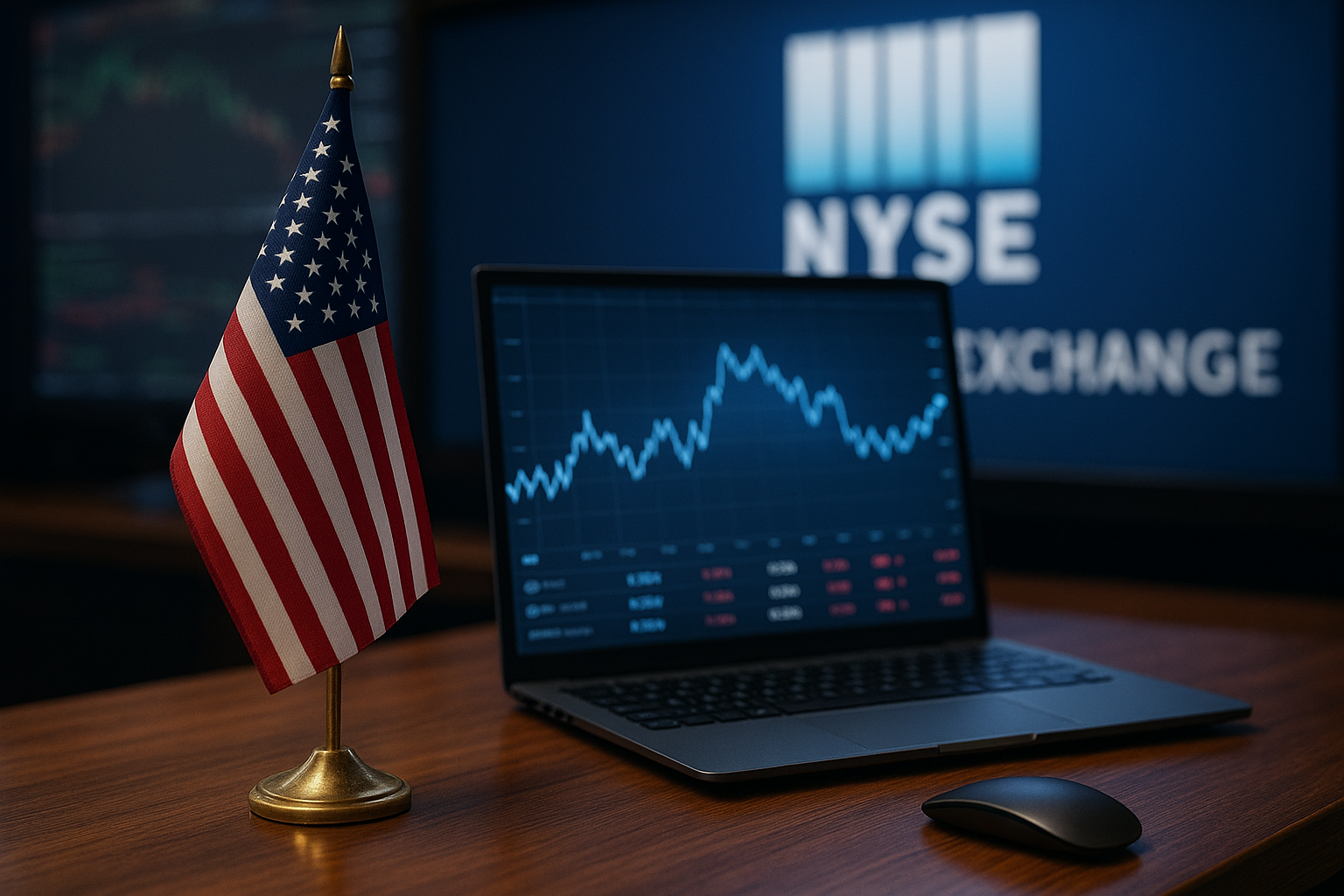The AI revolution has been the dominant market driver of 2025, but it’s not lifting all boats. While mega-cap technology giants like Microsoft, Alphabet, and NVIDIA continue to dominate headlines and stock charts, smaller AI-focused companies are being left behind, weighed down by capital constraints and scaling challenges. The result is a widening performance gap that’s reshaping the technology sector—and creating a new set of opportunities and risks for investors.
The Concentration Effect in AI
Over the past 12 months, AI has become the core growth engine for the world’s largest technology firms. According to recent analysis from InvestmentNews and Reuters, the capital intensity of AI development has made it increasingly difficult for smaller companies to compete. Building and training next-generation AI models can cost hundreds of millions—if not billions—of dollars, creating a natural barrier to entry that favors firms with massive cash reserves.
NVIDIA, for example, saw its market capitalization exceed $4 trillion this summer, propelled by relentless demand for its AI chips. Alphabet recently announced a $85 billion multi-year capex plan, much of it earmarked for AI infrastructure. By contrast, mid-cap and small-cap AI companies, many of which were darlings of the 2023–2024 AI boom, have seen stock prices stagnate or fall as profitability timelines extend and investor patience thins.
This divergence isn’t just anecdotal—it’s backed by market data. Over the past six months, the Nasdaq 100’s AI-heavy mega-cap cohort has outperformed small-cap AI indices by more than 22 percentage points.
Why This Matters for Investors
For equity markets, concentration risk is now a growing theme. With the S&P 500’s top five AI-linked firms accounting for an outsized share of index performance, investors are increasingly reliant on the continued success of a handful of names. While this can boost returns during a bull run, it also amplifies downside risk if sentiment shifts.
At the same time, the underperformance of smaller AI firms could create contrarian entry points. Many are trading at historically low valuations relative to their technology assets and intellectual property portfolios. In a lower interest rate environment—should the Fed move forward with a September rate cut—some of these companies could see capital inflows and renewed momentum.
Future Trends to Watch
- AI Infrastructure Expansion – With cloud providers and chipmakers racing to build capacity, ancillary industries—such as data center REITs, power suppliers, and networking hardware firms—stand to benefit.
- M&A Activity – Larger firms are likely to continue acquiring smaller AI startups to secure talent and technology. This could provide premium buyouts for well-positioned niche players.
- Regulatory Landscape – Ongoing discussions in the EU, U.S., and Asia about AI ethics, safety, and competition rules could shape market dynamics. Stricter regulations might slow down smaller firms more than established players with legal and compliance resources.
- Global AI Competition – China, Europe, and the U.S. are locked in a strategic race for AI dominance. Government-backed funding in Asia and Europe could shift the balance of power in certain verticals like robotics and AI-driven manufacturing.
Key Investment Insight
Mega-cap AI leaders remain core holdings for many portfolios, but their valuations leave little room for error. For risk-tolerant investors, selectively targeting undervalued small- and mid-cap AI companies—particularly those with unique IP, strong partnership pipelines, or exposure to high-growth niches—could deliver outsized returns if sector volatility eases. Hedging strategies, such as pairing long positions in smaller names with puts or shorts on overbought mega-caps, can help manage downside exposure.
As AI adoption spreads beyond tech into healthcare, finance, and industrials, cross-sector plays may also offer attractive diversification. ETFs focusing on AI infrastructure and enabling technologies could provide broad exposure while limiting single-stock risk.
The AI landscape is entering a phase where size, capital, and scale matter more than ever. For investors, that means the winners may keep winning—but the next big breakout could come from a smaller, overlooked name poised for a resurgence.
Stay ahead of the trend with MoneyNews.Today, your daily source for investor-focused market intelligence and analysis.





